SHEET METAL FABRICATION
SHEET METAL FABRICATION
What is Sheet Metal Fabrication?
Sheet metal fabrication refers to the turning of flat metal sheets into metal products and structures.
Typically, this technique involves transforming different types of sheet metals into parts and components.
It is also a versatile process that can create a wide range of metal components made from Aluminum, Steel, Stainless Steel, Copper, Brass and Galvanized iron.
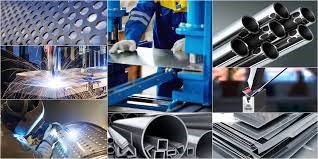
In sheet metal fabrication, different techniques are usually combined to produce the desired part. The basic processes include cutting, bending, punching, stamping, welding, and finishing. These techniques complement each other and play a vital role in the successful completion of a project.
What’s more, you are unlikely to go about your day without encountering sheet metal products. So, whether you’re at home, at work, or out and about, it’s highly likely that you find these products everywhere. These sheet metal has desirable characteristics on the durability, versatility, and ubiquity of metal manufacturing.
The Process to Create Sheet Metal Parts
The Idea
Every rapid prototyping process begins with an idea, and sheet metal design is no exception. It begins with basic concepts of what you want as a designer. You can put these ideas down roughly to provide realistic requirements for your project. It may also involve the designing of a 3D model of the desired component. The model often includes requirements for wall thickness, bend radii, hole orientation, bend allowance, and more.
Creating Engineering Drawings
After the completion of a 3D model, there is a need to create drawings for manufacturing. Before any work can begin, engineers need to develop blueprints. These blueprints will determine the specifications of the sheet metal needed to make initial drawings.

The drawings are what will be sent to the machine shop. The drawings often include all manufacturing information such as material selection, surface finishing, and more.
Manufacturability Analysis
Along with other related calculations, the drawings will be rechecked to ensure they follow requirements and specifications. Following correct steps will help to focus on simplifying the designs and possible reduction of part counts. Such analysis suggests standardizing parts for various applications.
Furthermore, engineers will get insights into developing designs that can be easily manufactured. Once the manufacturability analysis is complete, there will be a final shop drawing with in-depth calculations of stress/strain levels and load limitations. The information available therein will determine the sheet metal fabrication process.
Prototype Development
Once there is a sheet metal design model, engineers carry out several processes to maintain the component’s geometry. These methods include cutting, bending, punching, stamping, and welding. Surface finishes also help to improve the aesthetics of the created prototype. It is important to carry out these steps one after the other. Rushing through the process or skipping one step may compromise the quality and integrity of the final product.
Prototype Testing
After developing the prototype, clients then evaluate the prototype to ensure that it meets their requirements. The testing may also involve using such components in real-life conditions. Also, evaluation can be done with users giving feedback on the products.
Full-Scale Production
A prototype that passes testing and meets the required specification will go into full part production.
Cutting
Cutting is typically the first step in sheet metal manufacturing. It involves using specialized tools, such as shears or laser cutters, to cut the metal sheet into the desired shape.
To be specific, cutting metal sheets is possible using shear, which uses shear forces to cut through the metal. There are three options involved in this type of cutting – shearing, punching, and blanking. On the other hand, sheet metal fabricators also carry out cutting without shear. This is the ideal process for industrial projects requiring precision cutting and faster lead times.
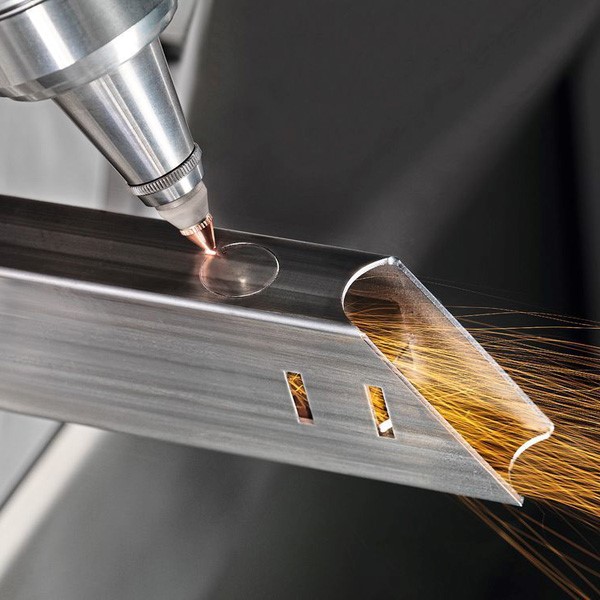
Besides, laser cutting is the preferred method for achieving high-quality cuts. Thus, we recommend you go to a professional sheet metal laser cutting service. We consider this process better suited to industrial applications. Laser cutting enables a high degree of precision (+/- 0.1 mm) and is time-efficient.
Bending
Bending can create a wide range of shapes and angles, from simple bends to complex shapes that require multiple bends. Additionally, bending is a cost-effective process that can make high-volume parts with consistent quality.
The process involves using a press brake machine to bend the metal sheet into a desired angle or shape. Despite how simple bending may seem to the untrained eye, it is a rather complex process that requires a highly skilled manufacturer. This is due primarily to the occurrence of “spring back,” which is the term for when metal inevitably tries to regain its original flat structure after bending. To overcome this problem, operators must overbend the part so that its spring-back angle is the desired angle.
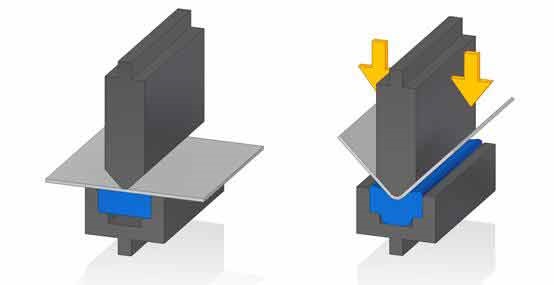
Punching
Punching is a valuable technique for a wide range of metal sheets. During the punching process, fabricators press the punch through the metal sheet, creating a hole in the desired shape and size. And position the die underneath the metal sheet to collect the scrap material created from the hole. In addition to creating holes, punching can also make indentations in the metal sheet, and create features such as dimples or countersinks.
This technique allows for precise and efficient hole punching, ensuring that the final product meets all required specifications and standards.
Welding
Welding is an essential process in sheet metal fabrication that involves joining metal pieces together to create a single part. There are various welding techniques available, including stick welding, MIG, and TIG welding.
Although the welding techniques differ in their approach, they all serve the same purpose of joining metal pieces together by melting the edges of the parts and adding filler material. This process creates a metallurgical bond between the pieces, fusing them together strongly. Welding is only necessary, of course, if a product comes with two or more separate components.
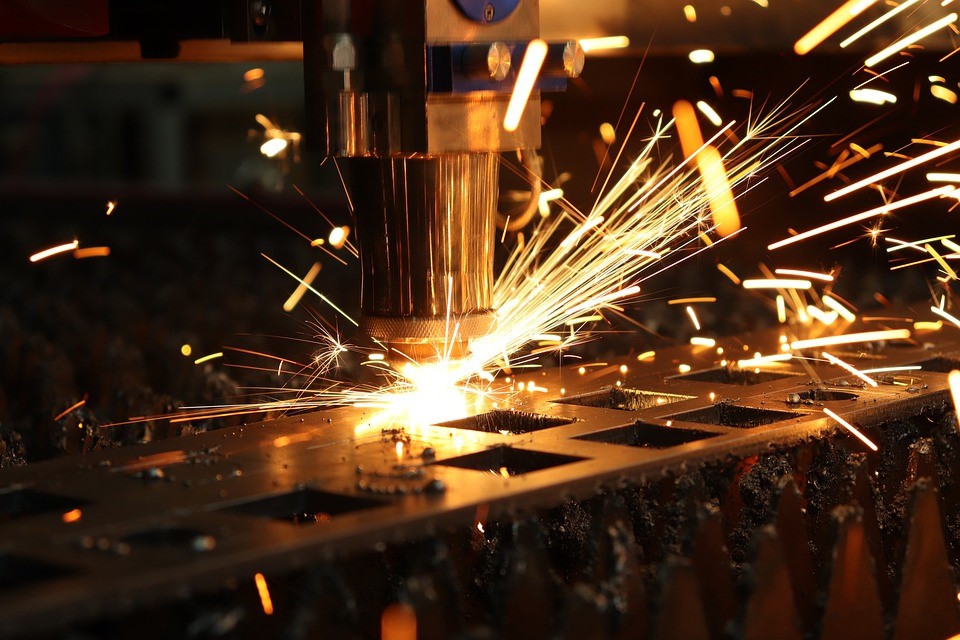
Assembly
Assembling is the final step of the metal fabrication process that enables the creation of complex metal structures and components. By using the right methods and techniques, sheet metal fabricators can create high-quality products that meet all required specifications and standards.
Various methods, including mechanical fastening, welding, and adhesive bonding, can accomplish the assembly. Mechanical fastening uses bolts, screws, or other fasteners to secure the metal parts together. Welding creates a permanent bond between the parts, ensuring that the final product is strong and durable. Adhesive bonding is suitable for both temporary and permanent assemblies and is often used for creating lightweight structures or for applications where welding is not feasible.
Assembly can be a complex process that requires a high degree of skill and expertise. It is critical to assemble all parts correctly and securely to avoid any issues with the final product.
Material Selection for Sheet Metal Fabrication
Choosing the right material is a critical aspect of the fabrication process, as it can impact the final product’s quality, durability, and performance. With a wide range of materials available, each with its unique properties and advantages, selecting the right material can be a daunting task. This section provides insights into some of the most common materials for metal parts.
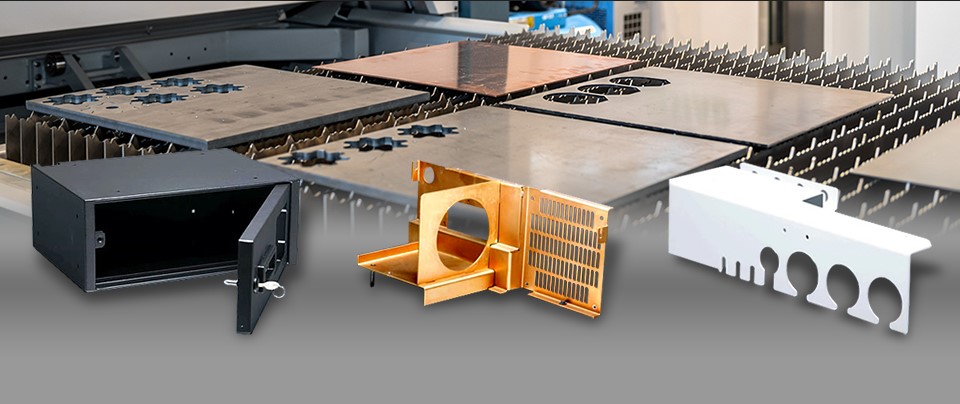
- Stainless Steel – There are several stainless steel types that you can choose from. They can be austenitic stainless steel. These are non-magnetic metals with high nickel and chromium levels. They are widely used due to their resistance to corrosion and formability. Ferritic stainless, on the other hand, is magnetic. They are good for non-structural or decorative applications. Martensitic stainless also gives strong and corrosion-resistant products.
- Hot Rolled Steel – A type of steel produced when a series of roll processes (at over 1700 degrees Fahrenheit) create steel. You can easily form such steels into large pieces due to their flexibility.
- Cold Rolled Steel – This is essentially hot-rolled steel with further processing. They are smoother and come with better tolerances.
- Pre-Plated Steel – These are also referred to as galvanized sheet metal materials. They come with a protective coating to prevent them from rusting. They also support easy sheet metal processing methods due to increased ductility.
- Aluminum – Another popular choice for the manufacturing sectors. It comes with an excellent strength-to-weight ratio. It also comes with many characteristics that help it meet many application requirements.
- Copper/Brass – Working on brass is easy, thanks to its lower zinc content. Copper metals also come with protective oxide layers to prevent corrosion. Both materials are desirable in architectural products for aesthetically pleasing looks.
Surface Finishing Selection for Sheet Metal Fabrication
Right surface finishing can greatly enhance the final product’s appearance, durability, and functionality. Whether you are looking to enhance the appearance of your product or improve its performance, understanding the various metal surface finishing options available is essential to achieving your desired results.
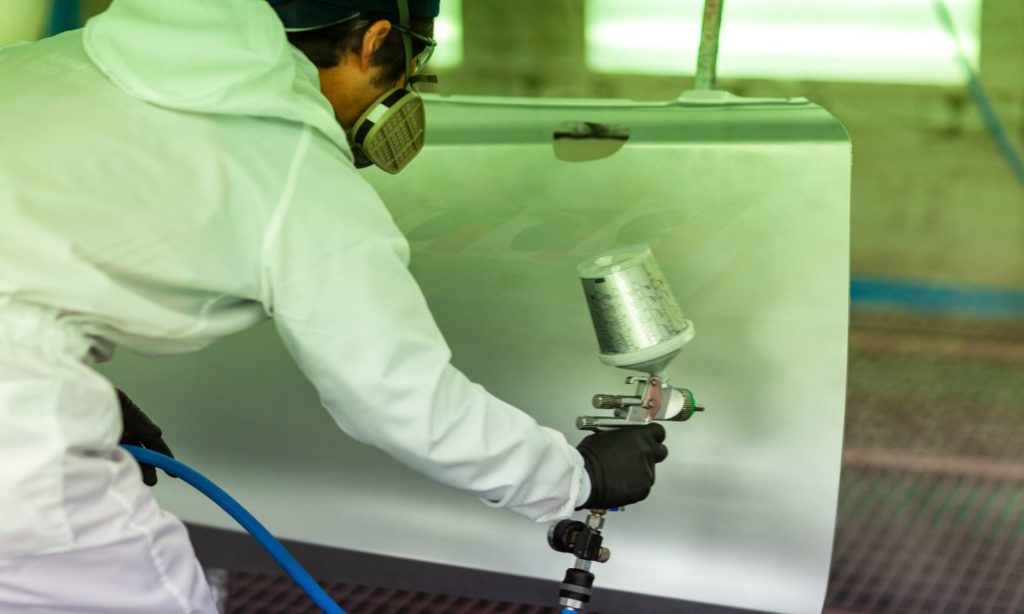
Some of the surface finishing you can apply on sheet metal are:
- Sand Blasting – This method involves the shooting of sand or other abrasives against sheet metal at high speed. Thus, it gives the metal parts a matte texture to prepare it for coating.
- Buff Polishing – In this method, a cloth wheel is used to buff the metal surface, making it look shiny.
- Powder Coating – This involves the direct spraying of powdered paint onto the metal part. This is followed by baking the part in an oven to form a wear-resistant layer.
- Anodizing – Anodizing helps to give a component with excellent rust resistance properties. It also improves the hardness and durability of the surface.
- Chemical Films – These are finishes that provide good conductivity and corrosion resistance. This coating process best serves as a base for paint, and it gives a golden surface finish.
Design Considerations for Sheet Metal Fabrication
Here are some of the important design features to consider when modeling a sheet metal part:
- Wall Thickness: Achieving uniform thickness is crucial for producing high-quality parts. Geometries that have more than one wall thickness require sheet metals of varying thicknesses. This can cause alignment and orientation issues, resulting in inaccurate parts and longer production times. As a result, it is essential to carefully consider the geometry and material thickness to ensure that the final product meets the required specifications and standards.
- Bend Radii: It is important to keep the inside bend radius of sheet metal at least equal to its thickness. This will help to avoid distortions and fractions in the final parts. Maintaining the bend radii consistently across the part ensures cost-effectiveness and good orientation.
- Bend Allowance and Deduction: Bend allowance is the material needed to be added to the actual lengths of the parts to help develop a flat pattern. Bend deduction is the material needed to be removed from the length of flanges to help get a flat pattern.
- K Factor: The K factor is a critical parameter that determines the ratio of the neutral axis to material thickness. This value is not constant and can vary depending on the physical properties and thickness of the materials used in the fabrication process. Understanding the K factor is essential for achieving accurate and precise bends in sheet metal.
- Holes and Slots Orientation: These factors are also very important. Holes and slots diameter should at least be as large as the thickness of the sheet metal. Also, holes should be reasonably spaced. They should never be too close to the edge of the material.
It is important to note some effective design tips for a better and rapid creation of components.
Specify hole sizes, alignment, and locations in the part design. Hole diameters lesser than the thickness of sheet metal may result in long burnish, high punch loading, and excessive burr. Therefore, hole diameters should be greater than the metal’s thickness.
Also, the distance between holes should be at least twice the sheet metal thickness. In cases where there must be a hole near the edge, spacing between the hole and the edge should be at least the sheet thickness.
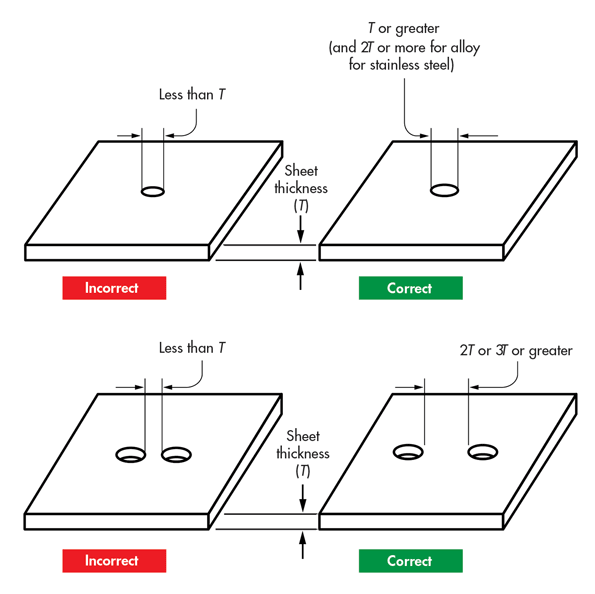
Collars and bend relief near pierce areas help to strengthen components. Grain structures are also important to avoid cracks in parts with tabs or lugs. Lugs should not be parallel to the grain direction. This may lead to the formation of cracks. Rather, they should be perpendicular or a little less than 45 degrees toward the grain direction.
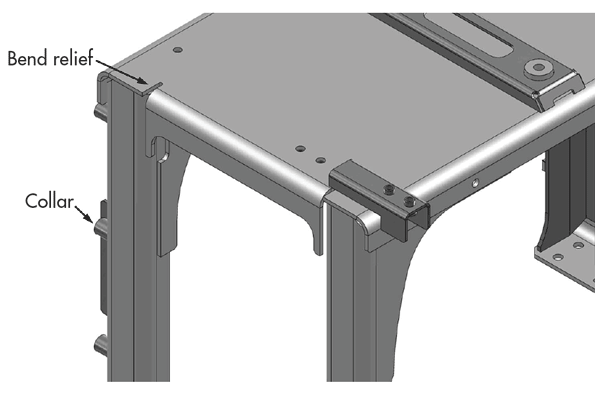
You should also keep the punch-to-die clearances large to avoid premature wearing out of the punch. Also, you tend to increase stiffness by putting beads on bends and chamfers at corners. This way, you can reduce the spring-back effect. A sheet metal part can easily maintain its flatness and strength by coining around flared holes.
Top-Notch Sheet Metal Fabricated Components
Sheet metal fabrication is a science and an art. Its extensive range of nuances and techniques makes it important for a skilled metal fabricator to handle every project. Since you know the sheet metal design basics, let a professional service take care of the rest!
Download the PDF using download icon below
 |
| Sheet metal is very strong! |



Comments
Post a Comment
Have a question? Feel Free to ask DTAL for any assistance.